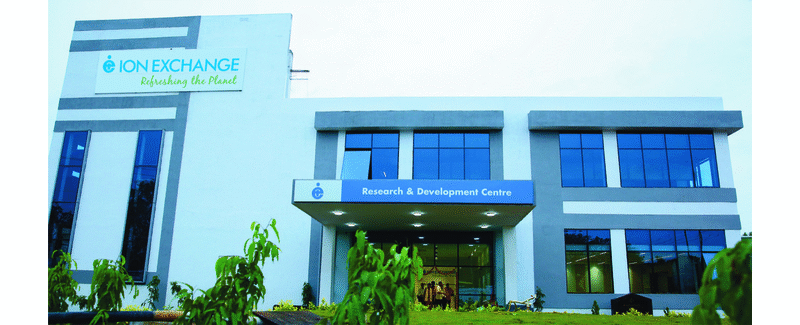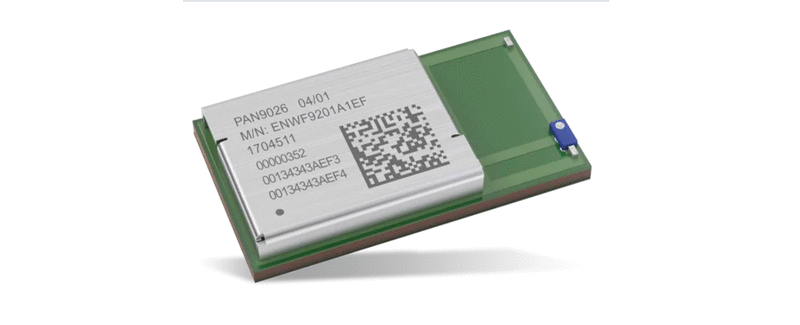Schedule a Call Back
Advanced sensing technologies modernising healthcare sector
 Articles
Articles- Nov 15,19

Related Stories

Advanced sensing technologies modernising healthcare sector
Advancements in medical technology is showing rapid growth
Read more
Designing PFC to reduce running costs
Efficiency of electronic systems is a key design goal to save natural resources as well as reducing operating costs. Power factor correction (PFC) is an area where significant efficiency improvement..
Read more
WSN tech to deliver advanced sensing enabling Industry 4.0
Being relatively less costly, wireless sensor network (WSN) has allowed businesses to deploy hundreds or even thousands of sensing nodes within their facilities, creating IIoT systems, says Mark Pat..
Read moreRelated Products

Integrated Electric Gripper S Series
IBK Engineers Pvt Ltd offers a wide range of integrated electric gripper S series.

Geared Electric Motors
Delco Fans Pvt Ltd offers single phase capacitor run and three
phase geared Instrument motors, totally enclosed face/foot mounted.

“Kusam-Keco” Partial Discharge Acoustic Imager - Model - Km-pdai
‘Kusam-Meco’ has introduced a new “Partial Discharge Acoustic Imager Model KM-PDAI.
















